
Deadlock, the gripping multiplayer online battle arena (MOBA) from Valve Corporation, has captured the hearts of gamers on Steam since its release. Deadlock is currently in beta and is free to play, offering innovative gameplay, distinct characters, and intense strategy as it continues to evolve in the competitive gaming space. Here’s a comprehensive look at Deadlock, including its current Steam scene, gameplay essentials, and how the community has adapted to its evolving meta.
Deadlock’s ranked mode has sparked a frenzy among its player base. Valve recently introduced Solo Queue Ranked Play, creating a space where individual skill and strategy reign supreme. Players now find themselves adapting to more intense matches as they learn to thrive without the support of pre-built teams.
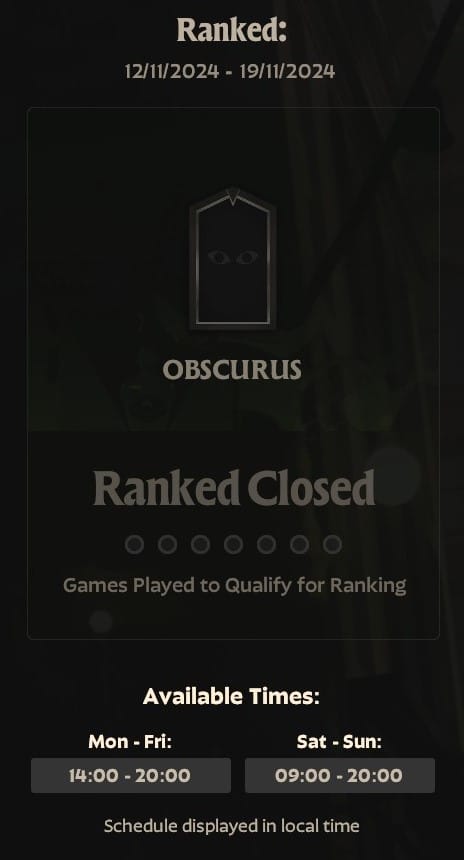
With the growing number of concurrent players, Valve has strengthened its anti-cheat measures by integrating VAC (Valve Anti-Cheat) to ensure fair play and ban hackers. Players who attempt to hack the game or use unauthorized code modifications risk being permanently banned from Deadlock and other Valve games associated with their Steam account.
The limited time windows for ranked play have introduced a new layer of competitiveness. Players are not just battling for ranking but also for optimal use of the restricted play hours. This format has turned ranked play into an intense, time-sensitive session for dedicated gamers.
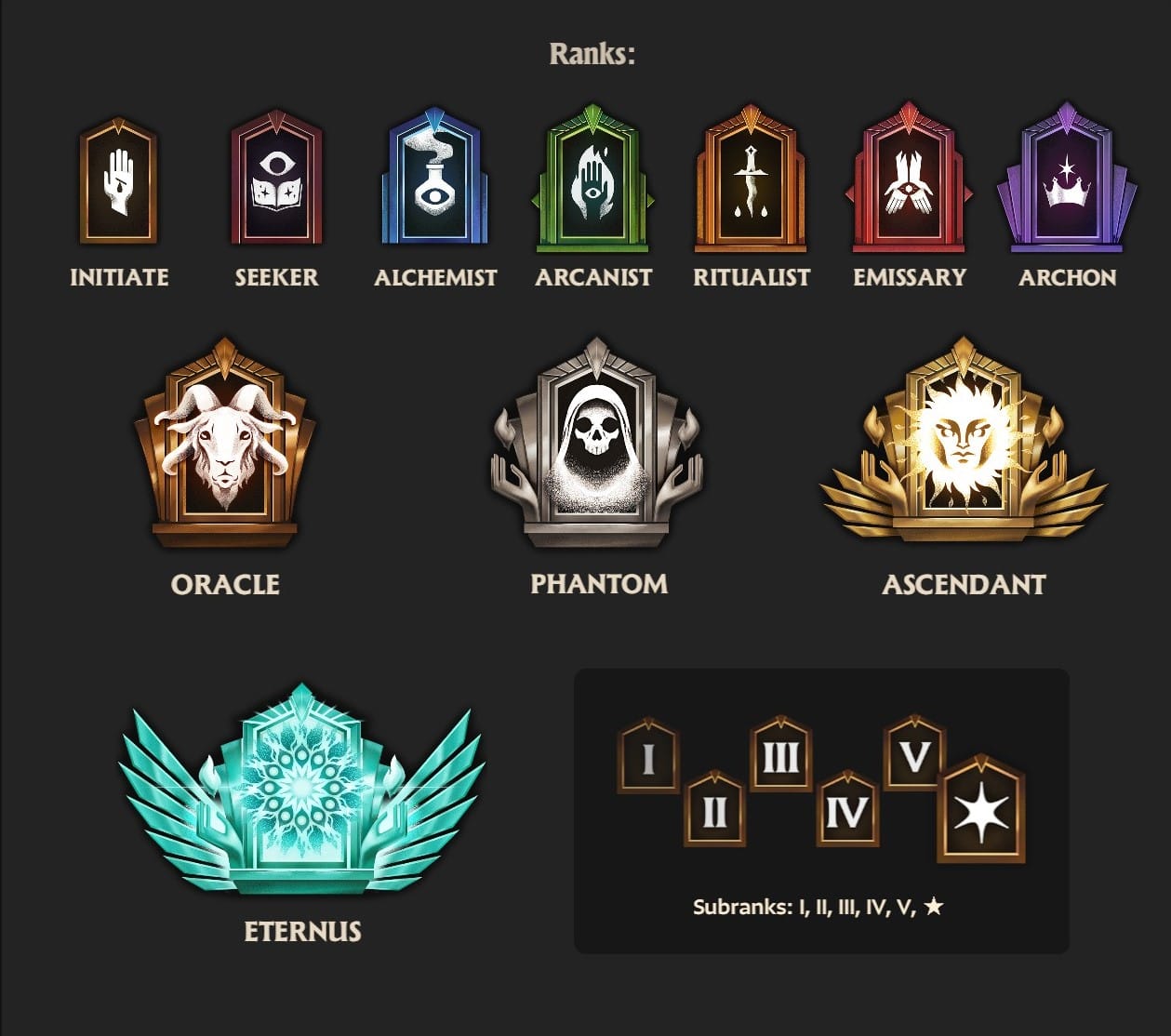
Discussions on forums and Discord threads highlight the excitement around Deadlock's evolution and its appeal in 2024. The release of this ranked mode has brought a surge of concurrent players, further cementing Deadlock’s position as one of the most promising games on Steam today.
Deadlock isn’t your traditional MOBA. With its emphasis on objective control and soul accumulation over kills, it has introduced a layer of strategy that rewards long-term planning. Valve’s commitment to creating unique gameplay mechanics ensures Deadlock stands apart from other multiplayer titles.
From Haze’s stealth-driven ambushes to Dynamo’s rock-solid defensive play, Deadlock’s heroes inspire creativity in both build paths and strategic approaches. The constant balancing and regular updates ensure no hero or strategy remains dominant for too long, keeping the experience fresh and engaging for all players.
The introduction of Solo Queue in Deadlock’s ranked mode has been both challenging and liberating. Without the safety net of pre-made teams, players are now forced to adapt dynamically to their teammates’ decisions, compositions, and playstyles.
Heroes like Mo and Krill, who excel in self-reliant roles, have surged in popularity. The community has also seen a rise in experimentation with hybrid builds, ensuring heroes can pivot between roles if needed during a match.
Additionally, the ranked timers have become rallying points. Deadlock streamers often schedule their content around these time windows, turning them into showcases of high-level competitive play and setting new benchmarks for strategies.
Walkers have emerged as the centerpiece of Deadlock’s objective-focused gameplay, and the community has doubled down on strategies to exploit this. Recent patches increasing Walker durability have reshaped the mid and late-game dynamics, requiring teams to commit more resources to claim these pivotal objectives.
The new “Walker Collapse” strategy has gained traction, where teams force early rotations by threatening multiple Walkers at once. This tactic pressures opponents into inefficient defenses, opening opportunities for split pushes or ambushes.
The current state of Deadlock’s meta has seen several heroes rise to dominance, shaping matches with their unique abilities and overwhelming power. With the evolving meta and Valve’s updates, these characters have established themselves as the most influential in the game. Here are the current titans of Deadlock.
Haze is one of the most consistent heroes in the meta, renowned for her ability to farm Souls rapidly and scale into a late-game terror. Her mobility and precision make her a nightmare for opponents, especially when played strategically to exploit map objectives.
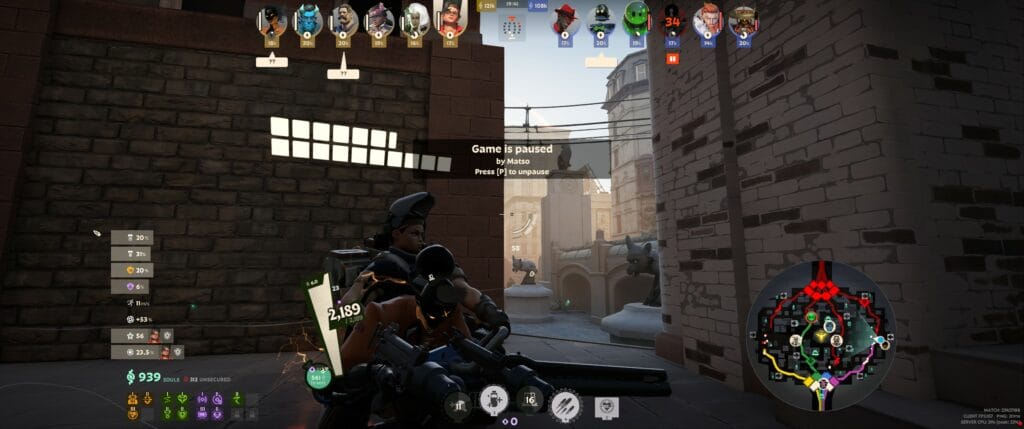
Haze thrives in games where her team enables her to farm freely. With the right item build and support, she can turn the tide of any match.
Viscous has carved out a niche as a dominant control hero, excelling in area denial and objective-centric gameplay. His slime-based abilities force enemies to play on his terms, creating opportunities for his team to secure critical objectives.
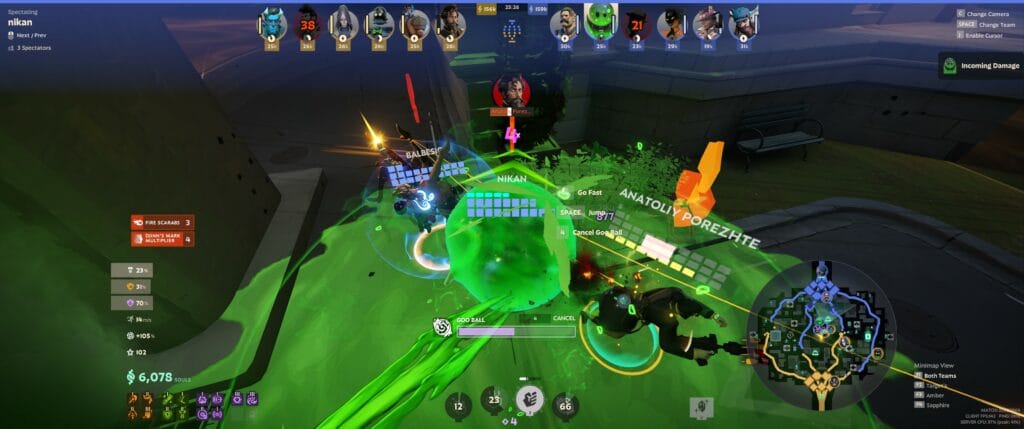
In the current meta, Viscous is indispensable for teams looking to dominate the map. His ability to lock down chokepoints and delay enemy advances has made him a favourite in ranked matches.
Mo and Krill, often referred to as the most unkillable duo in Deadlock, are renowned for their ability to dominate lanes and synergise in team fights. Their versatility and adaptability make them invaluable picks for any situation.
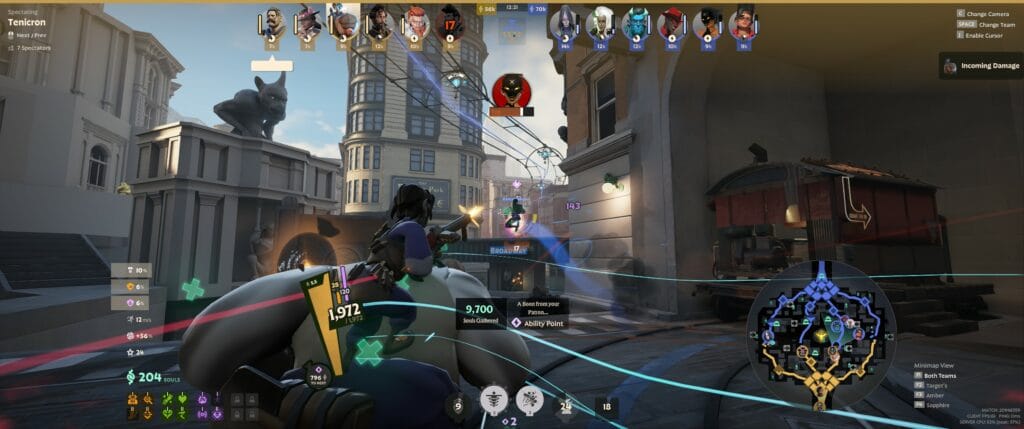
Mo’s and Krill’s ability to execute on opportunities make them a threat in any game. When played well, they can suffocate the enemy team’s mid to late-game ambitions.
Vindicta excels at punishing overextended enemies and capitalising on small advantages to snowball games in her team’s favour. Her damage output and adaptability make her a game-changer when her team leverages her strengths.
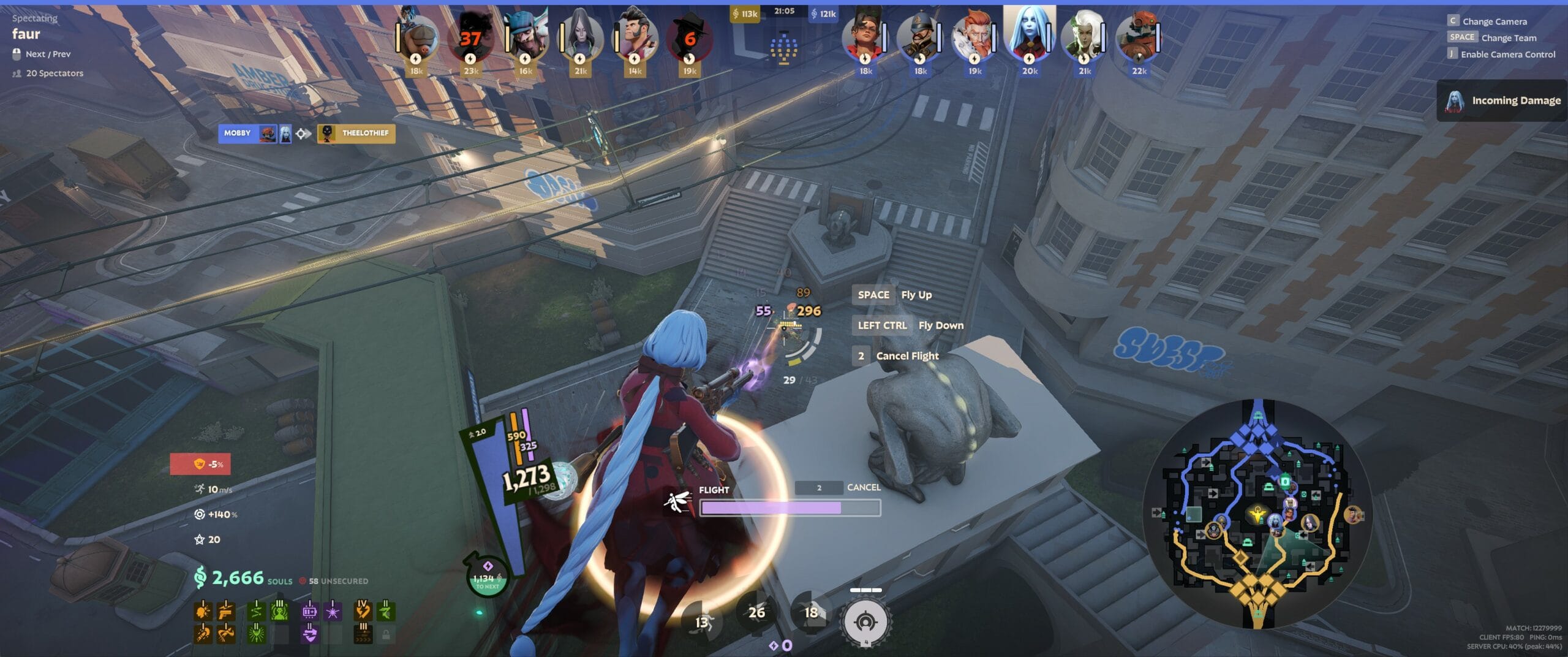
Vindicta is a favourite for players who thrive under pressure and can execute aggressive strategies with precision, she is also the most hacked player currently.
Wraith is one of the most straightforward yet effective heroes in the meta. Known for her ability lockdown enemy's while dishing out relentless punishment, Wrath is a cornerstone in high-pressure matches.
Wrath’s presence on the battlefield can be a game-changer, particularly when objectives require heavy commitment and durability.
Shiv is the most dangerous pick in solo queue or any queue for that matter, thanks to his ability to dominate fights and disrupt enemy plans. His high mobility, unparalleled damage and ability to take damage make him a menace in both casual and competitive play.
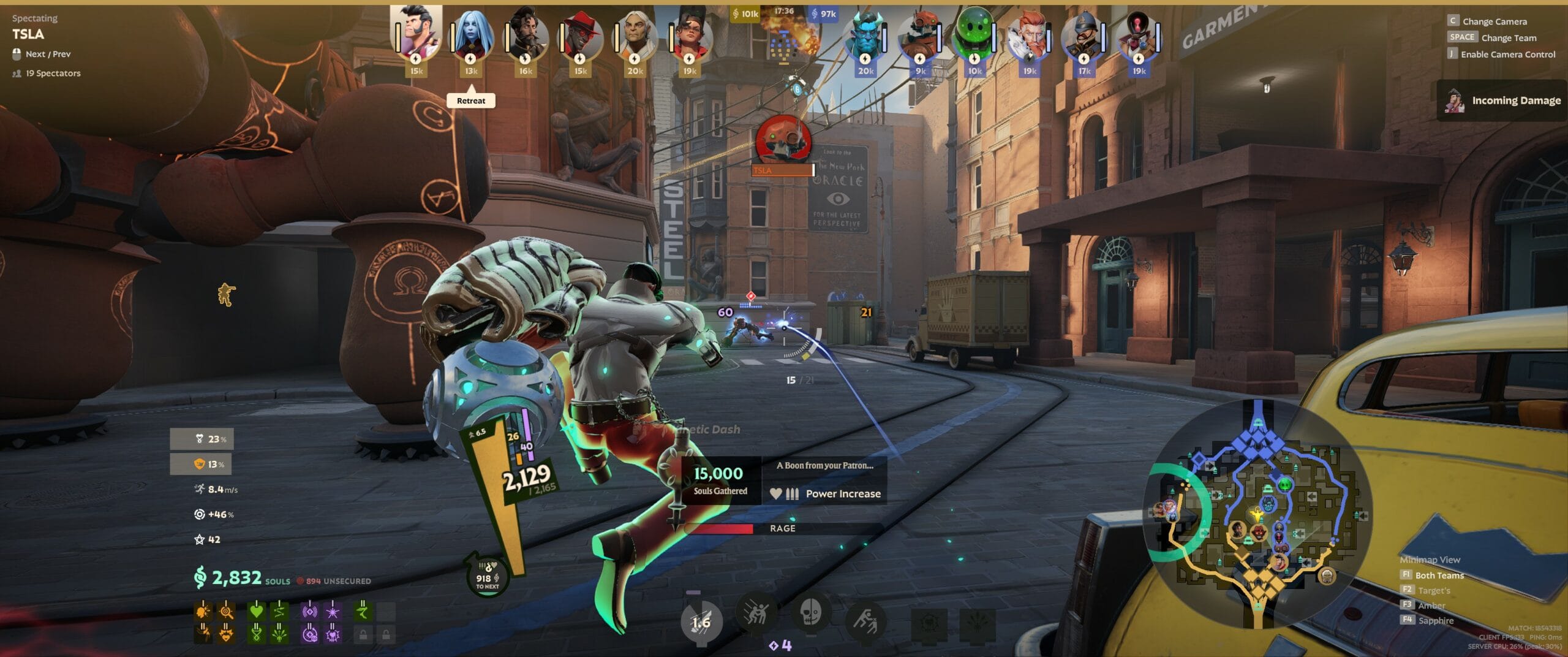
In the current meta, Shiv is a must-pick hero for players looking to climb the ranks. His ability to carry games single-handedly is unrivalled, Just hope he's on your team.
The rise of ranked play in Deadlock is emblematic of broader trends in esports. The Solo Queue format aligns with the growing demand for individual accountability in competitive multiplayer games. With its free-to-play model, Deadlock invites new players while maintaining high levels of competitive integrity through regular matchmaking improvements.
Valve’s emphasis on in-game strategy over mechanical prowess has also introduced a refreshing change to the esports landscape. This has encouraged PC gamers and third-person shooter enthusiasts to experiment with team-based strategies, contributing to Deadlock’s ever-evolving meta.
One defining trait of Deadlock is its chaotic and unpredictable late-game. Unlike many MOBAs where matches are decided early on, Deadlock’s mechanics favor a constant tug-of-war, especially with Soul and objective scaling.
This has inspired the community to rethink traditional playstyles:

Valve Corporation’s updates in 2024 have strengthened this dynamic, ensuring that every match retains its intensity, even in the final moments.
The Deadlock community owes much of its innovation to streamers and pro players who experiment with unconventional builds and strategies. These individuals often serve as trendsetters, introducing unique approaches that trickle down to the broader player base.
Streamers also contribute valuable feedback, directly shaping Valve’s patch cycles and ensuring that Deadlock evolves in line with the demands of its player base.
As expected with a beta, the balancing is the main issue at the moment. The frequent changes cause wild swings in the power balance, frequently breaking characters, items, and playstyles. That, and the rampant use of hacks.
With the game in early development, we anticipate some instability, but the frequent patches and updates have made it hard for players to adapt. The rampant use of hacks and cheats is also a significant problem, despite VAC being in place to ban such users. These issues create rude disruptions in gameplay sessions and highlight the need for stricter anti-cheat measures.
Hopefully, once it comes out of beta and things are more stable and less prone to the game-breaking updates, it'll be something that will allow players to spend time actually learning the mechanics and nuances of the characters and builds.
But as expected with a beta game, it's frustrating to spend hours learning a character, counters, items, and playstyle—only to then find that your tank now can't tank, and the flying DPS is suddenly unkillable.
Also, someone please nerf Shiv.
As someone who’s sunk countless hours into Deadlock, I can’t help but feel that the current beta balancing issues are one of the biggest roadblocks to enjoying the game consistently. Each patch seems to cause wild swings in the power dynamics, leaving characters, items, and even entire playstyles either completely broken or outright unusable. It’s not just frustrating—it’s exhausting.
And let’s not forget the rampant use of hacks that’s plaguing ranked play. It’s hard enough to adapt to these ever-changing updates, but when you add cheaters exploiting the game’s systems into the mix, it makes grinding for ranks feel like an uphill battle. Ranked mode has become less about skill and more about dodging hackers and praying for a balanced match.
Still, I’m optimistic about Deadlock’s future. This is, after all, a beta, and growing pains are part of the process. Once the game leaves beta and stabilizes, I genuinely believe it has the potential to be one of Valve’s best multiplayer titles. When that day comes, players will be able to focus on learning the mechanics, mastering the nuances of their favorite characters, and competing without the fear of game-breaking updates or overpowered heroes ruining their hard work.
For now, though, we’re in the thick of it. And while it’s frustrating, I can’t help but hold out hope that Valve’s commitment to Deadlock will pay off. Until then, I’ll be over here, trying not to rage too hard when the next update meta build wipes my team again.
Valve’s roadmap for Deadlock promises exciting prospects. From improved matchmaking algorithms to more nuanced hero balancing, the studio is committed to enhancing the competitive ecosystem. Future updates may also bring:
Discussions on forums, Discord threads, and Steam’s player profiles further suggest potential integration of community-requested features, including sandbox-style modes for casual experimentation.
Deadlock is more than a MOBA; it’s a testament to the creativity and adaptability of its community. As the game continues to evolve, so too do the players who strive to master its intricacies. With its dynamic mechanics, constant updates, and a thriving competitive scene, Deadlock proves that innovation and player collaboration can keep a game fresh and exciting.
Whether you’re farming Souls as Haze or coordinating Walker pushes with Dynamo, the battlefield is yours to conquer. Stay adaptive, stay collaborative, and prepare for the next evolution of Valve’s MOBA masterpiece.